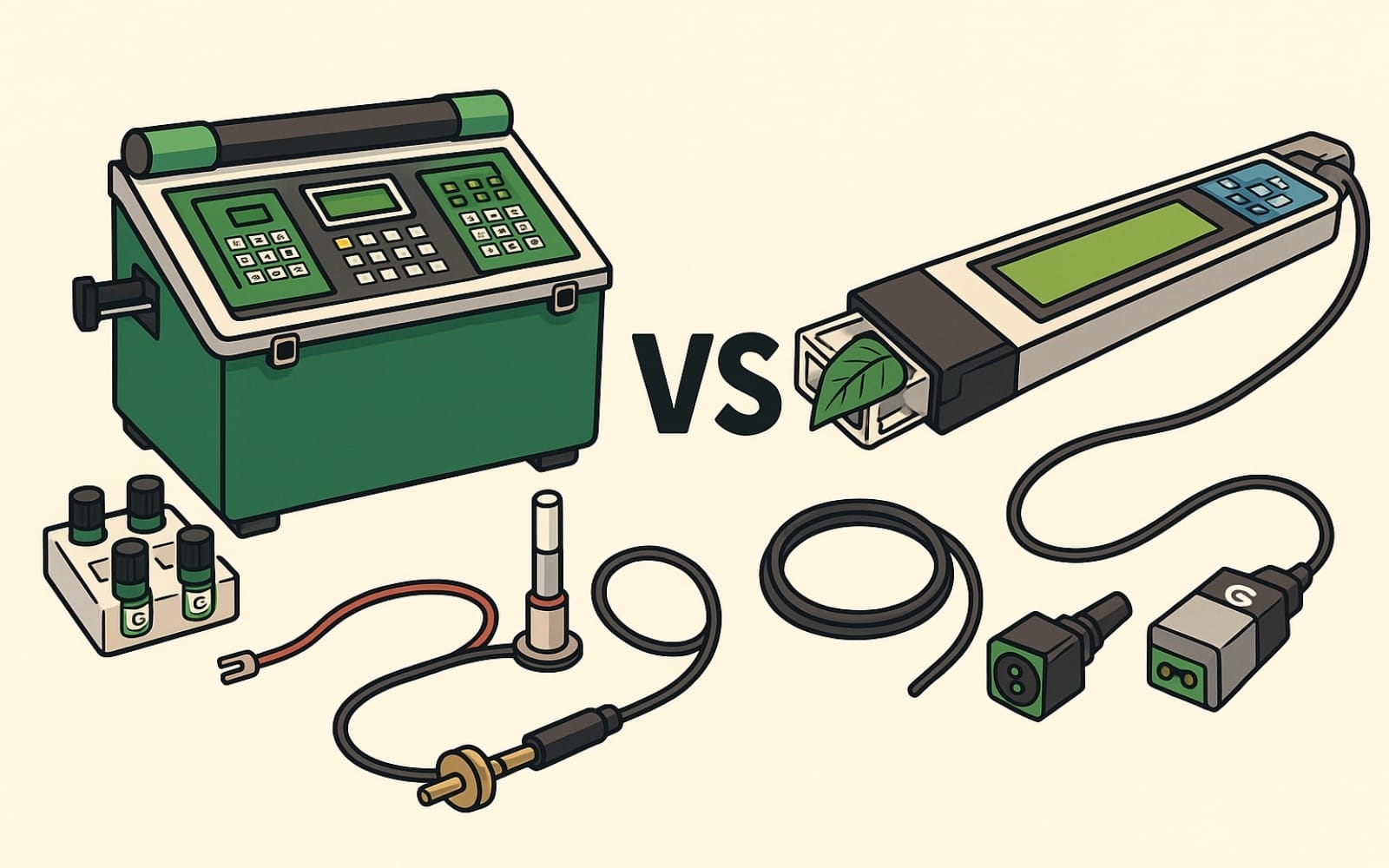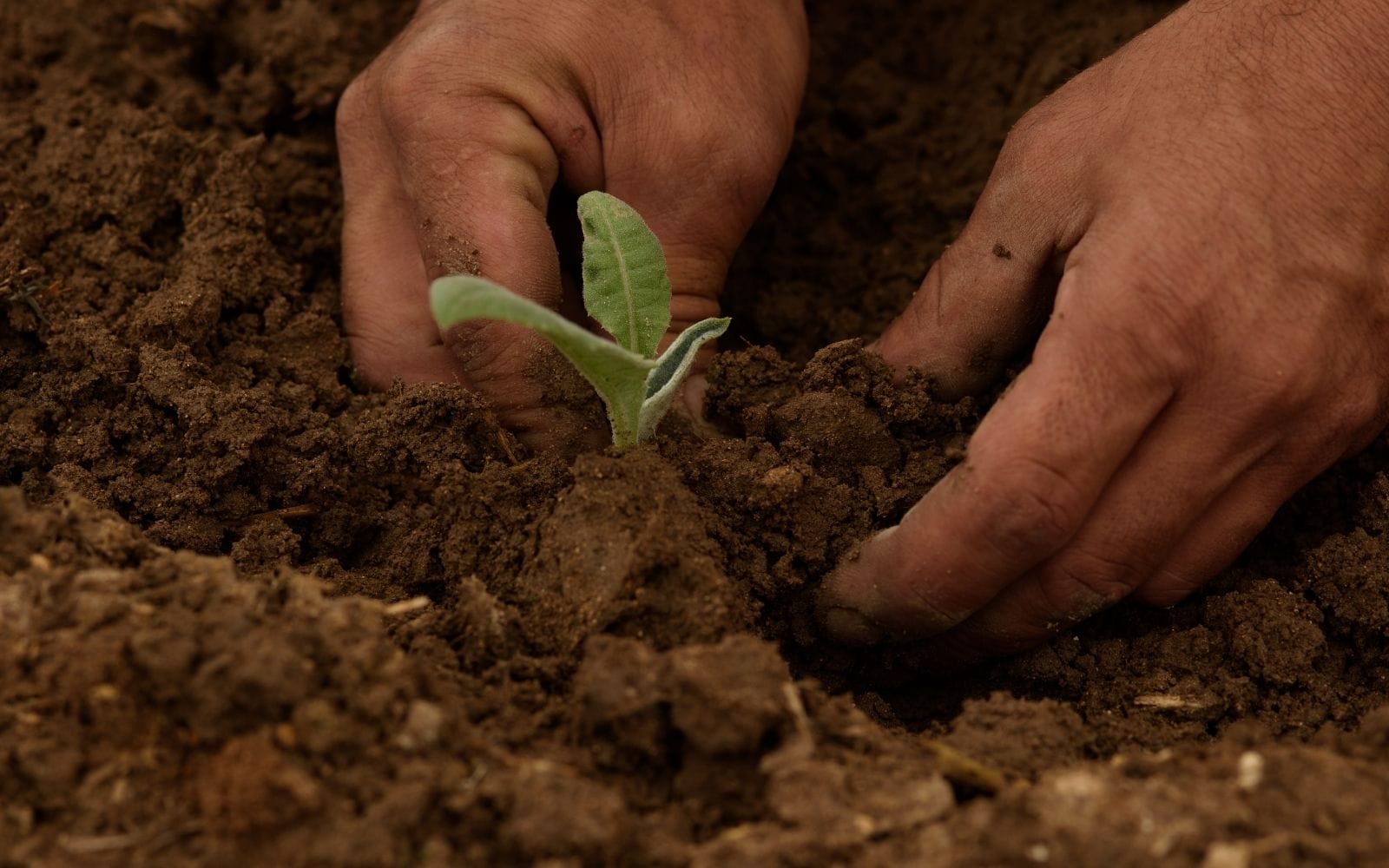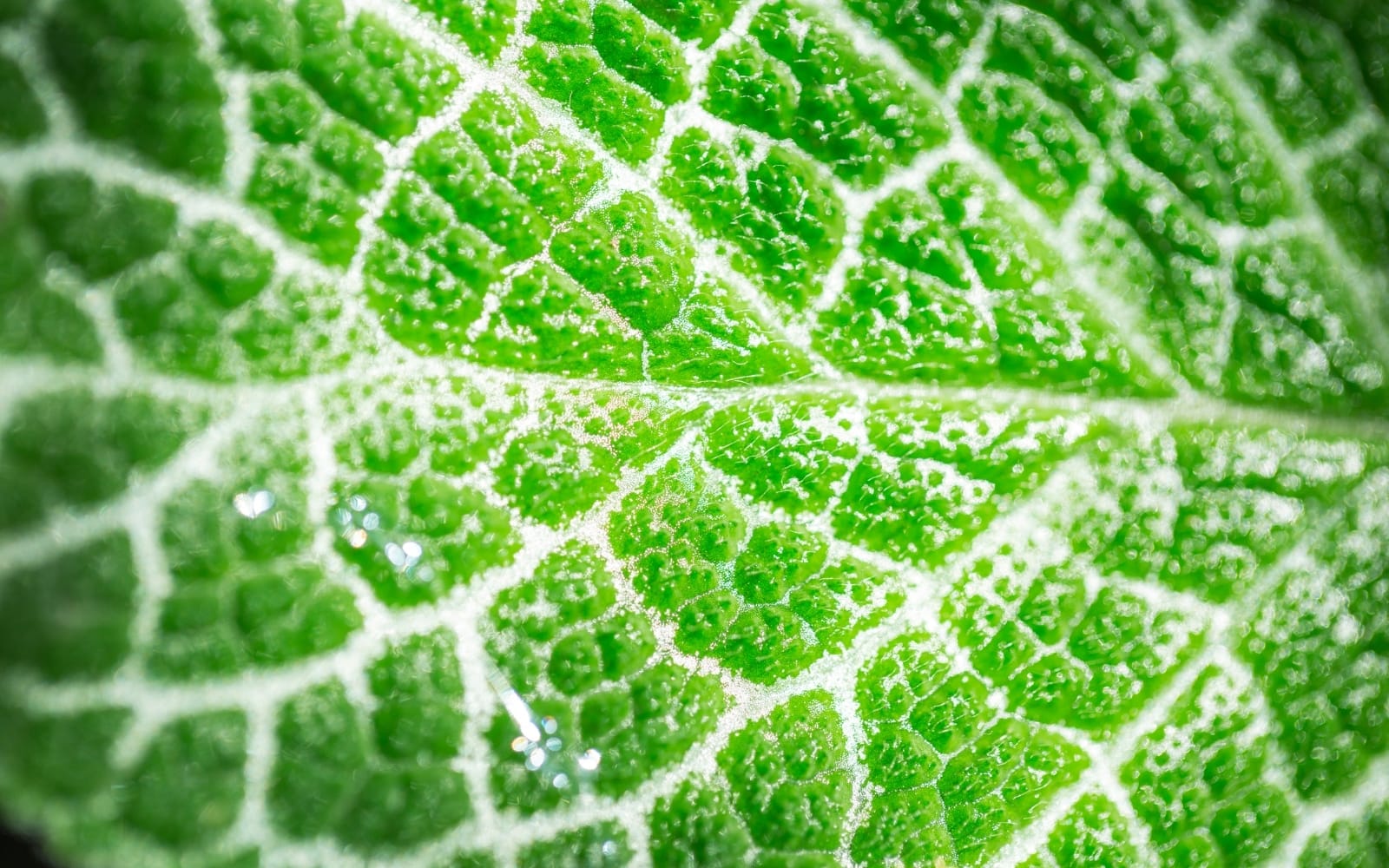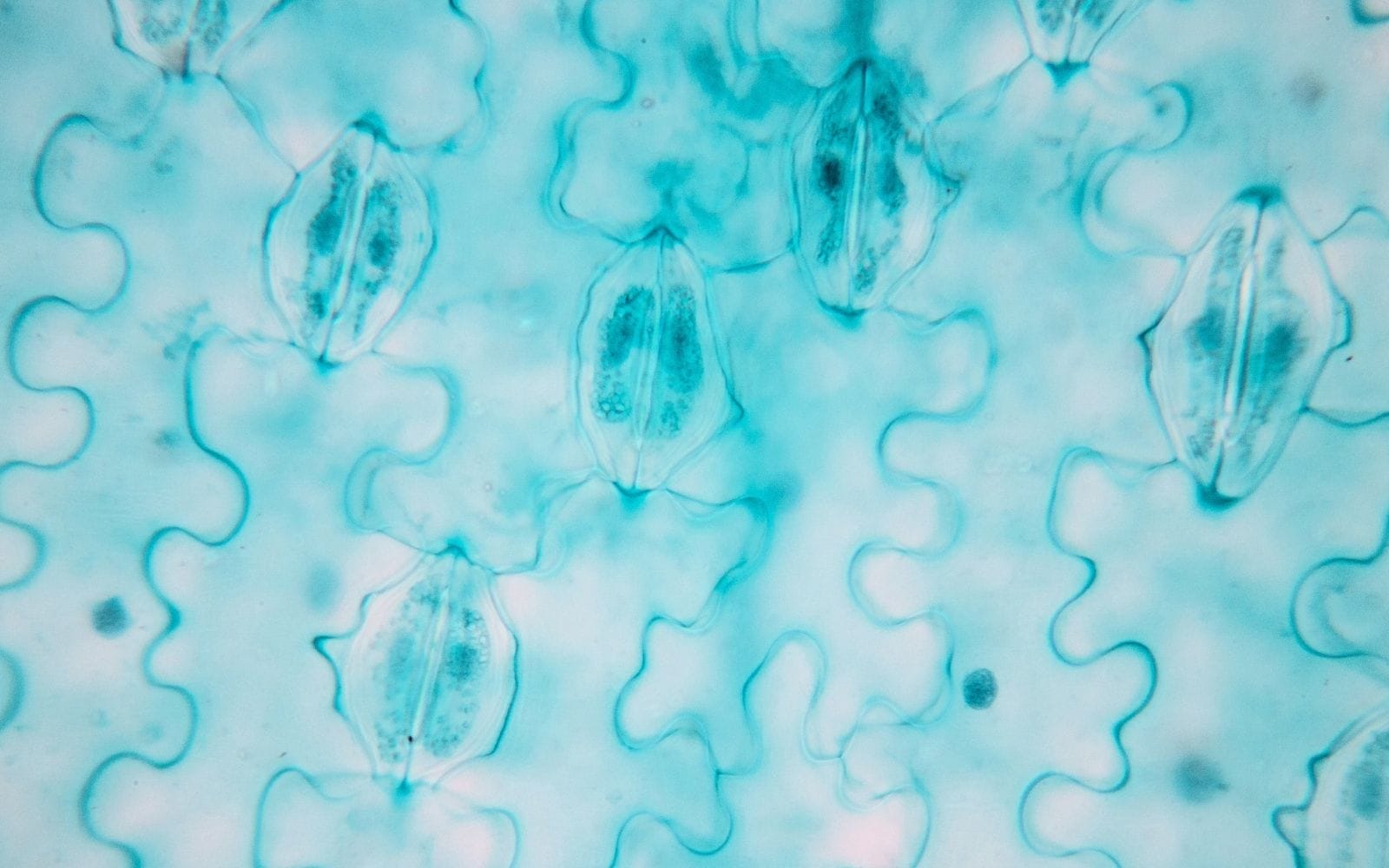Accurate photosynthesis measurement is vital for understanding plant physiology, crop productivity, and responses to stress. Portable gas exchange systems have become essential in both field and controlled studies. Among the leading instruments in this field of photosynthesis measurement systems are CID Bio Science’s CI 340 Handheld Photosynthesis System and LI COR’s LI 6400XT. Both provide… Continue reading…
What Is Crop Coefficient and Is It Essential for Irrigation Efficiency?
To optimize irrigation without excessive water use, the actual water lost through crop evapotranspiration is replaced during watering. The crop coefficient provides information based on crop characteristics that can be used in models for indirect estimation of actual crop evapotranspiration. Crop coefficients are specific for crops, cultivars, regions, local climate, soil, and agricultural management practices.… Continue reading…











